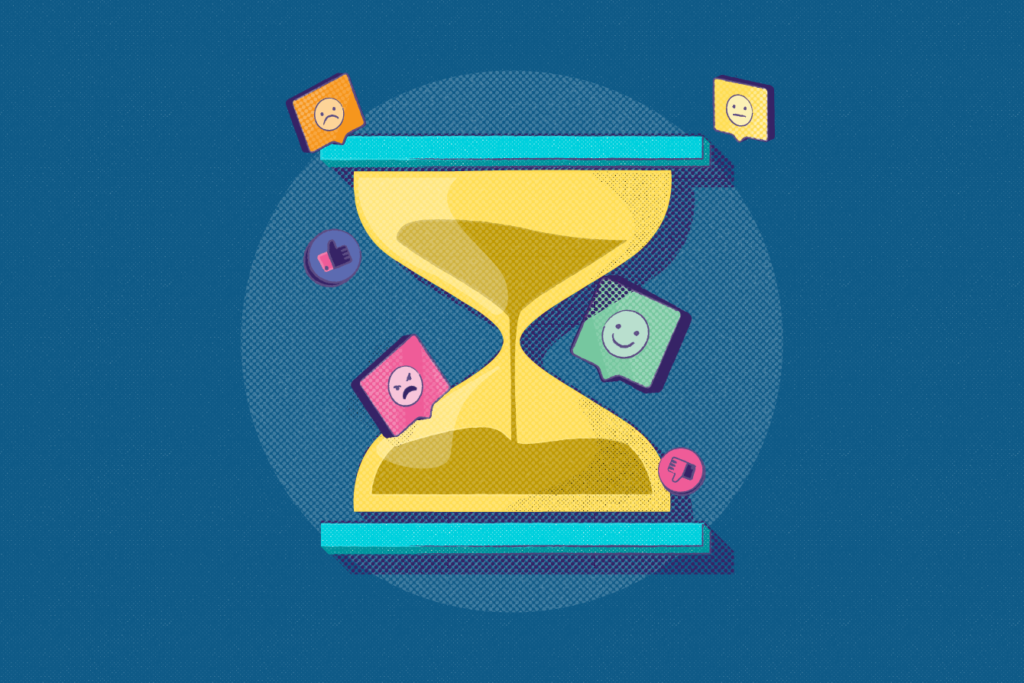In today’s customer-centric world, business people so frequently use certain terms that they sometimes lose their meaning. That’s why we decided to re-visit three important terms in customer service as a reminder of what these terms truly mean when practiced in an organization.
Customer loyalty, customer experience, and customer relationship management. Read the definitions to these terms and ask yourself if your company is embracing these practices.
1. Customer Loyalty
“Customers exhibit customer loyalty when they consistently purchase a certain product or brand over an extended period of time…Customer loyalty is the key objective of customer relationship management and describes the loyalty which is established between a customer and companies, persons, products or brands.” Source: Financial Times
Fundamentally, customer loyalty is an indicator that your product or service is effective enough to inspire repeat business and thus revenue with a percentage of your customers. Have you identified your loyal customers and determined what compels them to be loyal customers? Is it great customer service? Specific features? The factors for repeat business may make excellent marketing messages.
Also, are you rewarding your most loyal customers, who may love your product or service enough to refer additional customers, if they aren’t already doing so? According to Gartner, 80% of your company’s future revenue will come from just 20% of your existing customers. It’s likely that these 20% are your most loyal customers. So show them some appreciation through a loyalty rewards program.
2. Customer Experience
“Customer experience is the sum of all experiences a customer has with a supplier of goods and/or services, over the duration of their relationship with that supplier. From awareness, discovery, attraction, interaction, purchase, use, cultivation and advocacy…A company’s ability to deliver an experience that sets it apart in the eyes of its customers serves to increase their spends with the company and, optimally, inspire loyalty to its brand.” Source: Wikipedia
Customer experience encompasses multiple customer touch-points and thus multiple departments within your business — from product to marketing to sales to operations. That’s why it’s important that your organization’s various teams synchronize the customer experience such that interactions are consistent. Are your company’s departments collaborating on delivering a coordinated customer experience?
Disappointingly, only 26% of companies have a well-developed strategy in place for improving the customer experience. Why? Because it’s no easy to task to align the the customer experience across multiple departments. But failing to do so is a business killer: 89% of customers switch to a competitor following a poor customer experience.
3. Customer Relationship Management (CRM)
“Customer relationship management (CRM) is a model for managing a company’s interactions with current and future customers. It involves using technology to organize, automate, and synchronize sales, marketing, customer service, and technical support.” (Source: Wikipedia)
Customer relationship management, if implemented and executed effectively, involves two crucial elements: organizing customer data and applying it strategically. For example, CRM technologies can give companies insight into customer demographics for more targeted marketing. Or CRM applied to contact centers can help companies identify and solve product or service problems.
Traditionally, CRM efforts were concentrated in customer service and sales departments. Today, companies apply CRM tactics and technologies across multiple departments and customer channels. CRM in mobile and social media channels are gaining the most traction, according to this Forbes article.
Is your organization applying customer loyalty, customer experience, and customer relationship management as they are defined? In your experience as a customer, which companies best exemplify these customer service practices?


